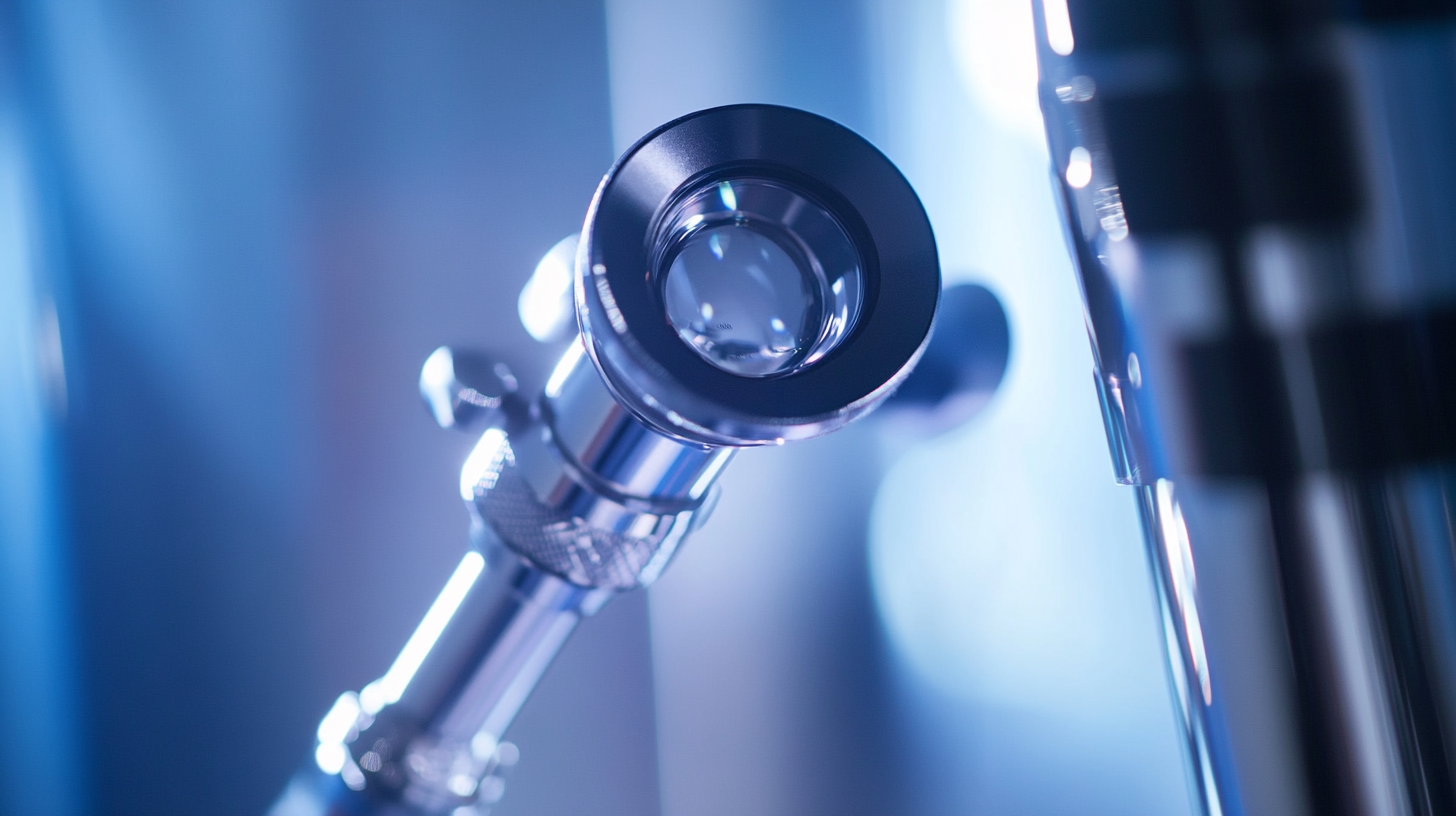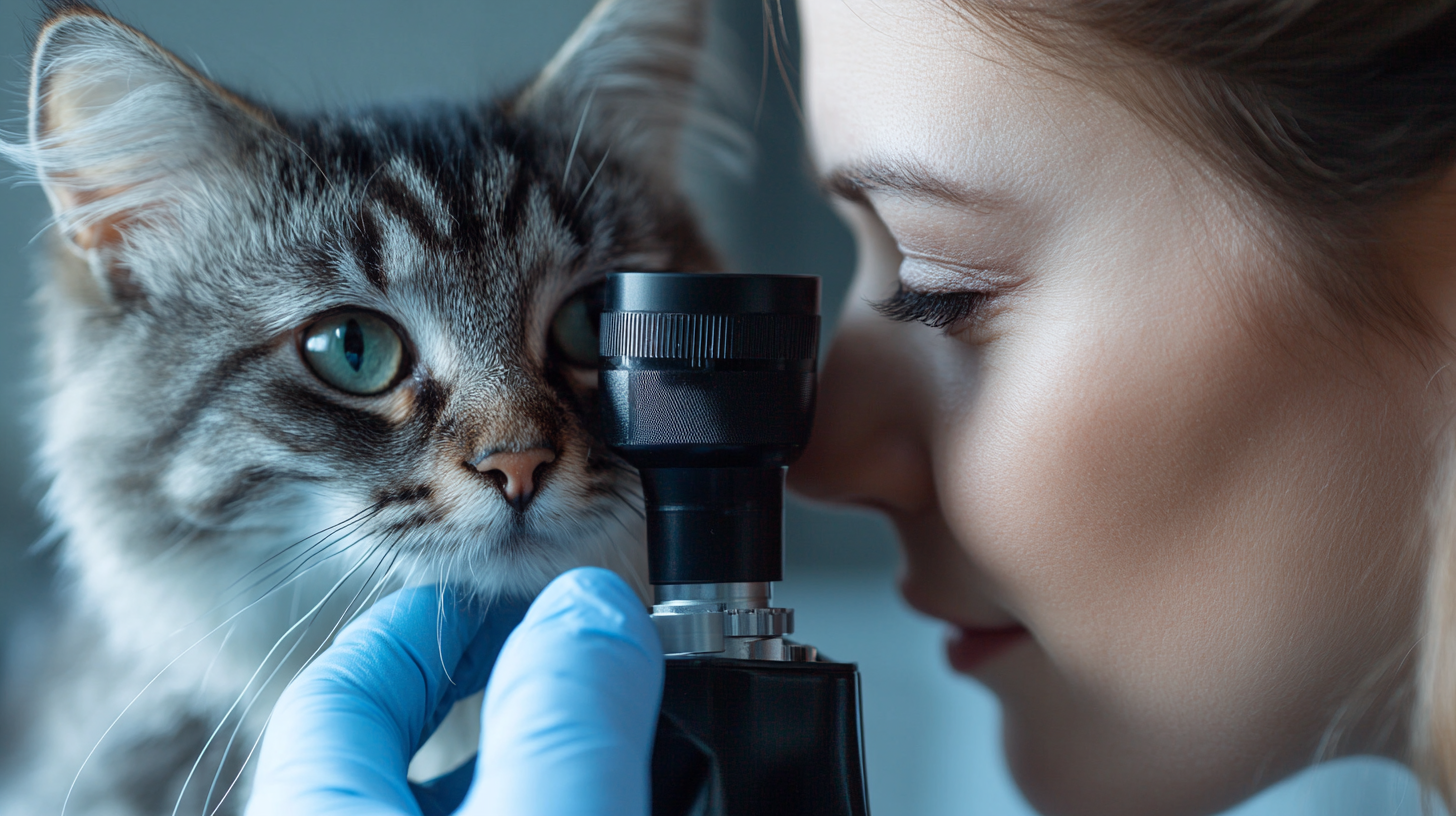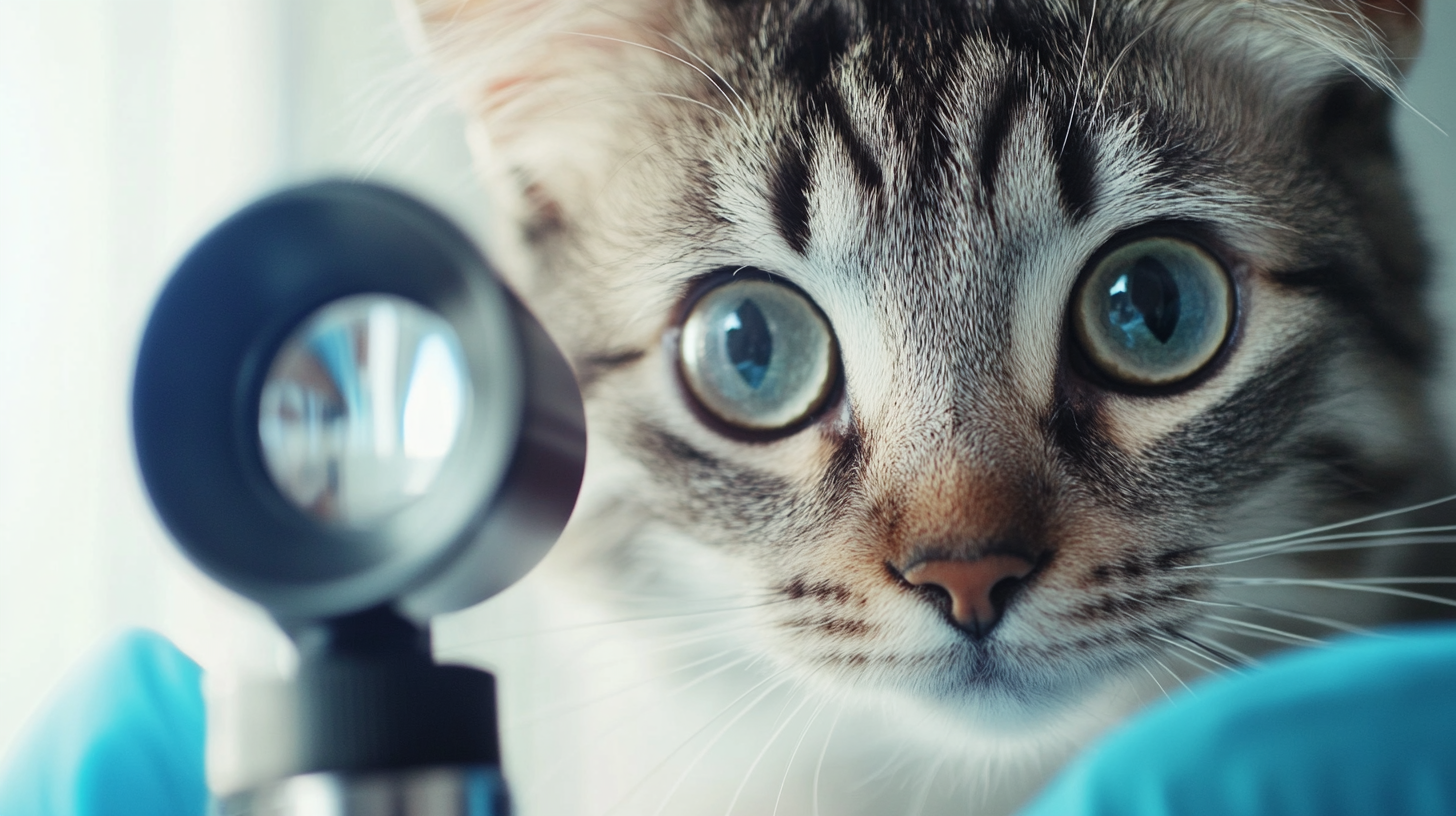Essential Checklist for Choosing the Best Video Otoscope for Veterinary Use
In the ever-evolving field of veterinary medicine, the Video Otoscope Veterinary has emerged as an indispensable tool for examining the ear canal and diagnosing conditions in animals. Recent industry reports indicate that 74% of veterinarians believe that the adoption of advanced imaging technology, such as video otoscopes, significantly enhances patient outcomes. Furthermore, a study by the American Veterinary Medical Association revealed that veterinary practices utilizing modern diagnostic equipment, including video otoscopes, reported a 60% increase in the accuracy of diagnosing ear-related ailments. With the growing demand for high-quality veterinary care, selecting the right video otoscope is critical for practitioners aiming to provide the best service possible. This blog aims to equip veterinary professionals with essential strategies for identifying reputable suppliers and making informed decisions in their video otoscope selection process.

Key Features to Look for in a Veterinary Video Otoscope
When selecting the best video otoscope for veterinary use, it's crucial to focus on several key features that enhance diagnostic capabilities and ensure effective treatment. Lighting is one of the most important aspects; a high-quality otoscope should provide bright, adjustable illumination to clearly visualize the ear canal and tympanic membrane. This is especially vital in detecting conditions like otitis, where timely identification of infections can prevent further complications, as indicated in recent studies.
Another significant feature is the inclusion of advanced imaging technology. The veterinary video endoscopy market, valued at USD 188.95 million in 2022, is poised for substantial growth, thanks in part to innovations in endoscopic tools that provide detailed real-time visuals. This technology is particularly useful in evaluating conditions affecting ear integrity, such as otitis externa. Equip your practice with an otoscope that integrates these advanced imaging options to facilitate precise assessments and enhance your overall diagnostic acumen, ensuring a better outcome for your patients.
Understanding Different Types of Video Otoscopes for Veterinary Use
When selecting a video otoscope for veterinary use, it's crucial to understand the different types available. Video otoscopes come in various designs, including portable models for fieldwork and more advanced systems intended for in-clinic use. Each type serves specific needs, so it's important to consider how you plan to utilize the device before making a decision.
Tip: Prioritize portability if you often work in diverse environments. A lightweight camera with good battery life can enhance mobility and ensure you capture clear visuals of your patients' ears, regardless of location.
Additionally, pay attention to image quality and connectivity options. Modern video otoscopes often feature HD resolution and the ability to connect to smartphones or tablets, making it easier to share findings with colleagues or clients. Quality optics and adjustable settings are vital for accurate diagnostics.
Tip: Look for models with user-friendly interfaces and comprehensive support resources, as these will streamline your workflow and enhance your diagnostic capabilities, ultimately benefiting your patients.
Importance of Image Quality and Resolution in Veterinary Diagnostics
 When selecting a video otoscope for veterinary use, image quality and resolution are paramount factors that cannot be overlooked.
High-resolution imaging allows veterinarians to identify subtle abnormalities in the ear canal and tympanic membrane, providing crucial insights into a pet's health.
A video otoscope with superior image quality can capture fine details that are often missed with lower-resolution devices, making it an invaluable tool in a veterinarian's diagnostic arsenal.
When selecting a video otoscope for veterinary use, image quality and resolution are paramount factors that cannot be overlooked.
High-resolution imaging allows veterinarians to identify subtle abnormalities in the ear canal and tympanic membrane, providing crucial insights into a pet's health.
A video otoscope with superior image quality can capture fine details that are often missed with lower-resolution devices, making it an invaluable tool in a veterinarian's diagnostic arsenal.
The importance of image quality extends beyond mere diagnostics; it also enhances the communication between veterinarians and pet owners.
Clear, high-definition images enable practitioners to explain findings more effectively and gain client trust.
Moreover, high-resolution videos allow for better documentation of a pet's condition over time, making it easier to track progress and adjust treatment plans.
Consequently, investing in a video otoscope with excellent image quality can improve not only diagnostic accuracy but also client satisfaction and overall care in veterinary practice.
Evaluating Ergonomics and Ease of Use for Veterinary Professionals
When selecting a video otoscope for veterinary use, ergonomics and ease of use are paramount considerations that can significantly enhance the diagnostic process. Veterinary professionals often work in fast-paced environments where time and efficiency are crucial. Therefore, an otoscope designed with a comfortable grip and intuitive controls can help reduce hand fatigue during prolonged examinations. Look for models that feature lightweight designs and adjustable angles to allow for better maneuverability, particularly in challenging positions or with larger animals.
In addition to physical ergonomics, the user interface plays a critical role in the overall usability of the device. An easy-to-navigate menu system with clear icons and easy access to video capture functions can save valuable time during exams. Furthermore, features such as wireless connectivity for seamless file sharing and real-time collaboration with colleagues can streamline workflows. By prioritizing these ergonomic aspects and user-friendly features, veterinary professionals can enhance their diagnostic capabilities while ensuring a comfortable experience for both themselves and their animal patients.
Essential Checklist for Choosing the Best Video Otoscope for Veterinary Use
| Feature | Criteria | Importance (1-5) | Comments |
|---|---|---|---|
| Image Quality | Resolution and clarity of the captured images. | 5 | High-resolution images are crucial for accurate diagnosis. |
| Ease of Use | User-friendly controls and intuitive interface. | 4 | Simpler operation saves time during examinations. |
| Ergonomics | Design that reduces strain during use. | 5 | Important for prolonged use in veterinary practice. |
| Light Source | Type and brightness of the light source. | 4 | Good lighting is essential for visibility in examinations. |
| Portability | Weight and ease of transport. | 3 | Lightweight designs enhance mobility in practice. |
| Battery Life | Duration of usage on a single charge. | 4 | Long battery life prevents interruptions during work. |
| Cost | Overall price and value for features. | 3 | Cost should align with budget constraints without compromising quality. |
Budget Considerations: Investing in a Quality Video Otoscope
When investing in a quality video otoscope for veterinary use, budget considerations play a crucial role. A well-designed otoscope not only enhances diagnostic capabilities but also ensures ease of use, which is paramount in a busy veterinary practice. According to industry reports, the best otoscopes designed for both pet owners and professionals share key features such as good lighting, ergonomic design, and versatile attachments. These elements significantly contribute to better visual clarity and more efficient examinations, making them worthwhile investments.
Veterinary practices typically allocate a considerable portion of their budget to diagnostic tools. Data indicate that quality video otoscopes can range from several hundred to over a thousand dollars, depending on their advanced functionalities and imaging capabilities. While it may be tempting to opt for cheaper models, investing in a higher-quality device often translates to more reliable diagnostics and improved patient care in the long run. Practices that prioritize quality tools report greater client satisfaction and enhanced outcomes, ultimately justifying the initial expenditure. Balancing budget and quality ensures that veterinarians can provide the best possible care for their furry patients.


